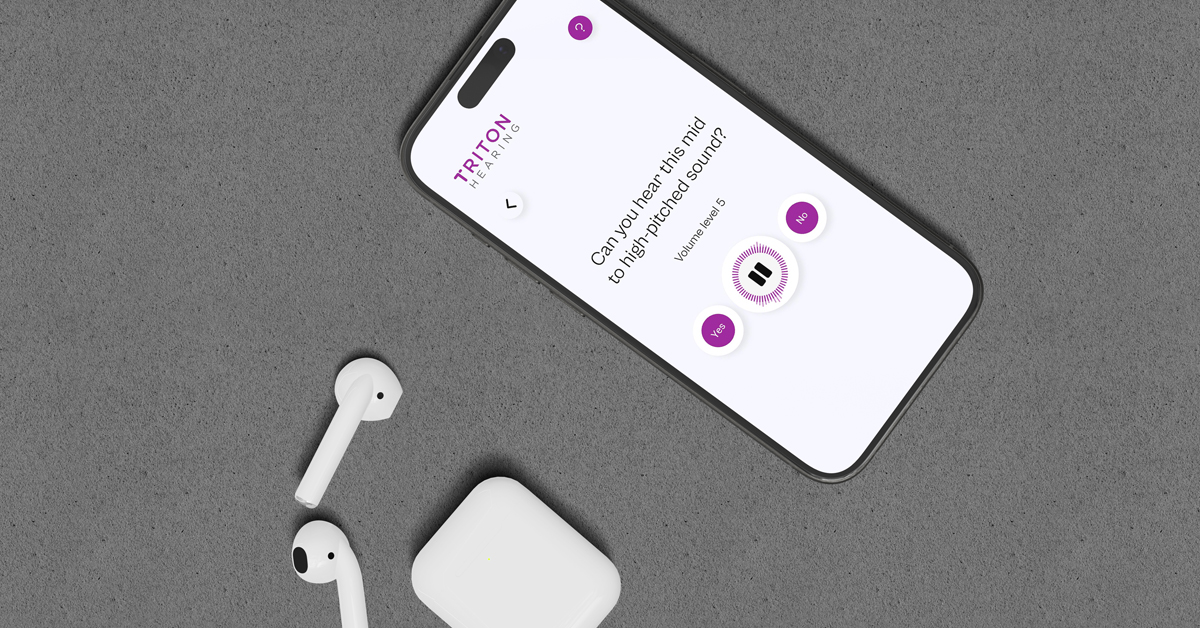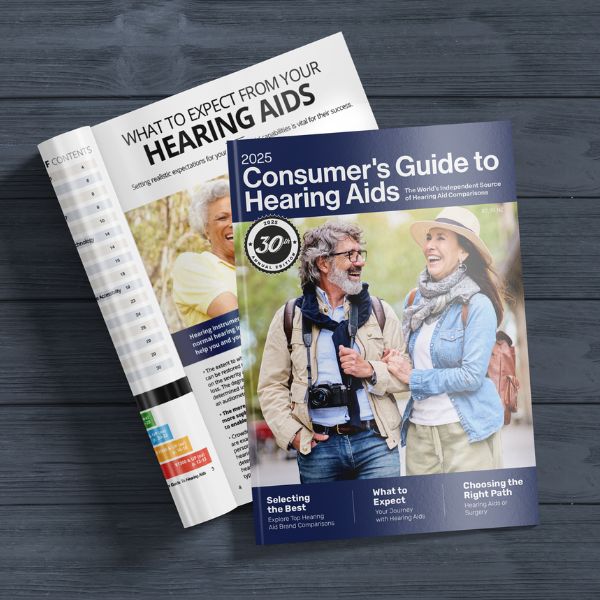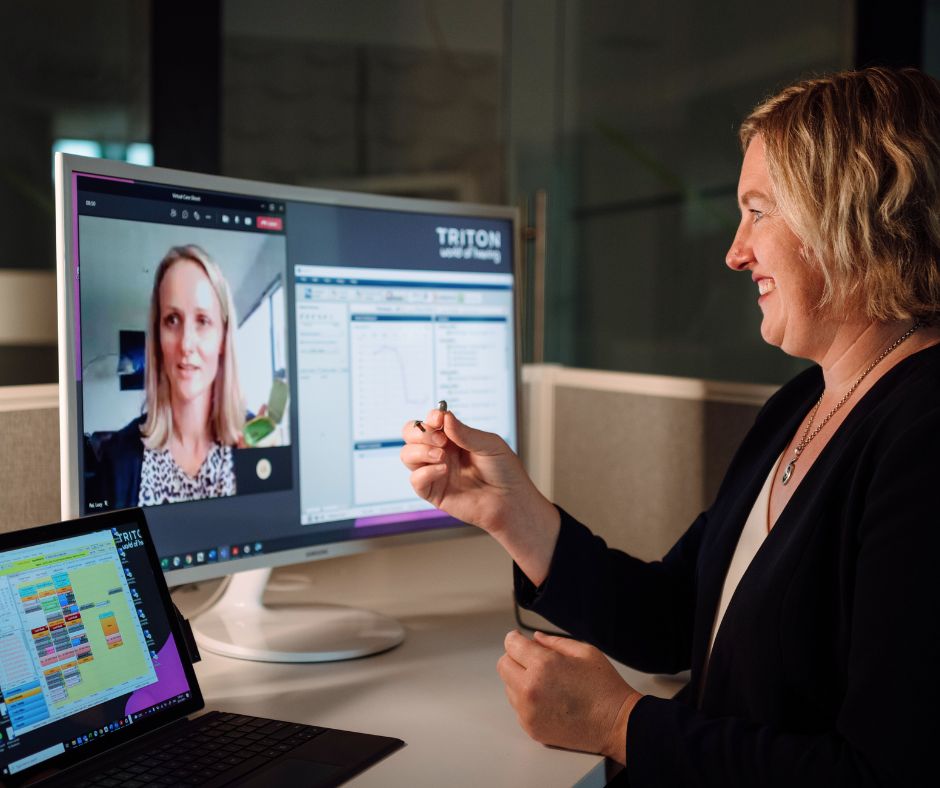Which Hearing Aid Should I choose?
There’s no ‘one size fits all’ approach when it comes to hearing aids. We'll help you find the perfect fit.
How is the diagnosis made?
On the day, our expert hearing care professional will take you through simple testing to check your hearing and discuss your lifestyle needs. This gives us an understanding of your personal hearing situation and your requirements. A simple free hearing test may only take 15 minutes, but if you are showing signs of hearing loss in everyday life, we recommend a free full, comprehensive, hearing assessment which takes around one hour. During your hearing test, the hearing care professional will create a visual representation of your hearing ability, know as an audiogram. You can then discuss the results with your audiologist to jointly decide on the best solution for your hearing needs. They will be happy to offer you personalized advice and can help you find the right model for your requirements.
Check your hearing online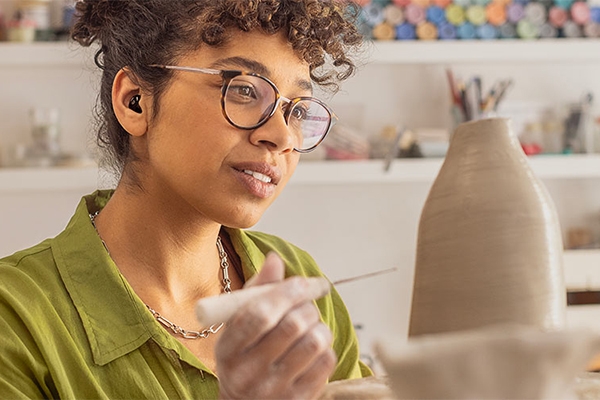
Which Hearing Aid Should I Choose?
Choosing the right hearing aid depends on a few key factors, including the type and severity of your hearing loss, your daily lifestyle, and how comfortable you are with technology. For example, if you're often in busy environments, on phone calls, or out and about, you may benefit from hearing aids with advanced features like noise reduction, Bluetooth connectivity, or automatic sound adjustments. If you spend more time in quieter settings, something simpler might suit you just fine.
There’s a wide range of devices available today — from affordable essentials to high-tech models with AI and streaming. The good news? There’s something for everyone. Our audiologists will guide you through your options, let you try different models, and help you find the right fit for your hearing and your lifestyle.
You'll also want to consider:
- Hearing loss - from mild to profound
- Lifestyle - calm and quiet to busy and bustling
- Style – from behind-the-ear to invisible when worn
- Tech preferences – from manual controls to automatic adjustments
- Budget and funding options – including monthly payments or funding subsidies
- Battery type – rechargeable or replaceable
Other topics
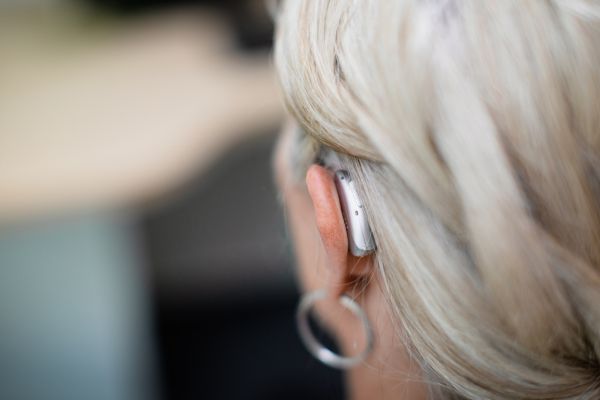
Types of Hearing Aids
There is a wide range of device styles and models to suit everyone and every budget.
See the different hearing aid types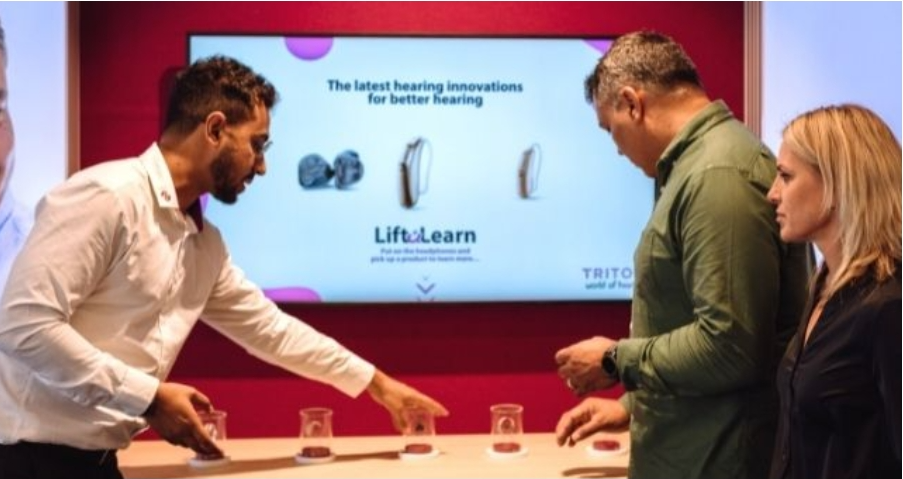
Hearing Aid Costs
How much do hearing aids cost? Our devices start from $495 for a pair including the government subsidy.
See our prices

